You’ve finally made it through a long winter, and now the spring air is blowing in with its green grass, flowers, and… allergies?
Spring allergies impact around 50 million Americans, with many of these treated with antihistamines or other prescription medications. (1) Springtime allergies, which usually involve symptoms of hay fever and sinus infections, differ from anaphylactic food allergies, which are significantly more serious.
If you dread the spring because the flowers make you sneeze and fill your sinuses with pressure, the good news is that there are several natural foods and supplements that can decrease your body’s histamine response to these environmental triggers. While many rely on over-the-counter medications to suppress their spring allergies, you might be able to get the same effect with natural substances that don’t have side effects like drowsiness.
Fight inflammation and create easy, healthy meals! We've created a FREE 7-Day AIP Meal Plan
Get Your FREE 7-Day AIP Meal Plan here.
Here are the top triggers of allergies this time of year, and what you can eat (or take) to help ease symptoms.
Common Causes of Spring Allergies
Spring allergies can be caused by a handful of seasonal-related factors. Here are the biggest culprits of spring allergies.
Pollen: Perhaps the most well-known cause of seasonal allergies, pollen levels get worse every year, which could be why allergy levels are on the rise. (2) Several plants have pollen, including grass, trees, weeds, and flowers.
Trees: Most of the allergies associated with spring are rooted in tree pollen since that’s when all the trees are sprouting their leaves. The most common trees associated with allergic reactions include oak, cypress, hickory, poplar, birch, and elm.
Mold: The rain that brings all those beautiful flowers and green grasses also stirs up mold into the air, causing those who are sensitive to it to react. (3)
Common Symptoms of Spring Allergies
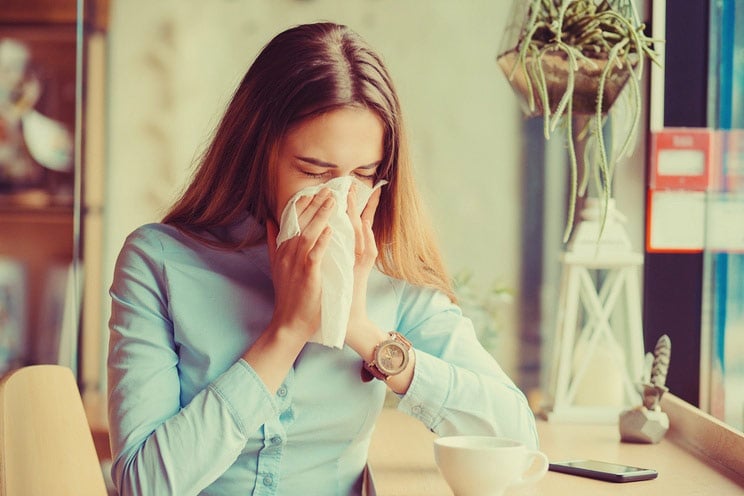
Spring allergies are especially frustrating because, after months of being cooped up inside, you’re ready to explore the outside world that is blooming with life. Unfortunately, those very things in bloom are triggers for sneezing, runny noses, and more.
Common symptoms associated with spring allergies include: (4, 5, 6, 7, 8)
- Runny nose
- Congestion
- Sneezing
- Dry, watery, and/or itchy eyes
- Worsened headaches or migraines
- Sinus pressure
- Post nasal drip
- Fatigue
6 Foods and Supplements That Provide Relief
If you want to rely on natural sources of relief for your spring allergies, try these foods and supplements. Remember: Always run supplements past your doctor before starting.
1. Butterbur
Butterbur is a shrub plant that functions similarly to an antihistamine, but without the side effects. (9) It is effective for addressing symptoms associated with allergies, like headaches, coughs, and hay fever, and can decrease the inflammatory mechanisms that drive post nasal drip symptoms. (10, 11)
You can find butterbur in tablet or capsule form at most health food stores.
2. Quercetin
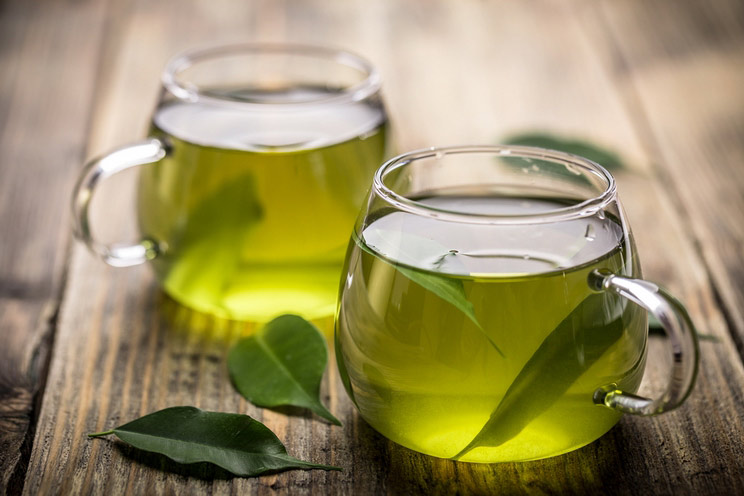
A compound naturally found in certain foods, quercetin is a flavonoid that has antioxidant effects in the body. It helps to slow and reduce the release of histamines, which are at the heart of allergic responses. (12)
One study done on rats found that quercetin might also be able to aid in severe food-related anaphylaxis. (13) While it won’t ever replace an EpiPen, long-term use of quercetin can decrease the body’s response to allergic triggers.
Quercetin is found in citrus fruits, green tea, apples, onions, and cruciferous vegetables, and is also available as a supplement. In order for it to have a noticeable effect on allergy symptoms, you’ll need to take it regularly for at least two weeks.
3. Stinging Nettle
Stinging nettle is an herb used to treat allergic rhinitis, otherwise known as hay fever. (14) It’s effective because it lowers levels of histamines, which are what spark the cascade of allergy symptoms.
Stinging nettle can be found in tea or capsule form. However you choose to take it, be sure to start in the days and weeks leading up to prime allergy season to gain the most relief.
4. Bromelain
An enzyme that is found in pineapples and papaya, bromelain is widely used for addressing inflammation and swelling, including that associated with allergy symptoms, that are driven by excess histamines. (15) It is particularly effective at reducing swelling in nasal passageways.
Bromelain can be taken in capsule form and can be found on its own or in combination with other enzymes. For the best results, take bromelain on its own for allergy relief.
5. Fermented Foods
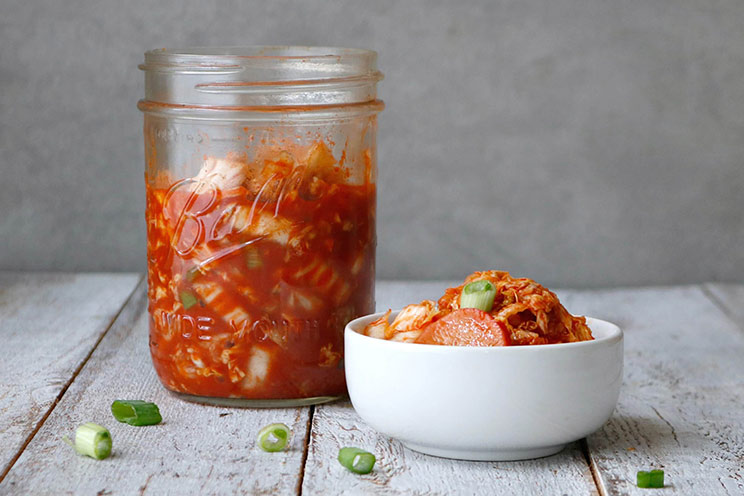
You probably knew that the healthy probiotics found in fermented foods can boost immunity, but it turns out that it can address both food and seasonal allergies as well. (16, 17, 18)
The best way to harness the allergy-fighting powers of probiotics is to eat fermented foods daily, like sauerkraut, kimchi, and kombucha. You can also take probiotic supplements every day, but not all strains are going to be effective. Research found that lactobacilli and bifidobacteria strains were most effective at reducing allergy-related symptoms. (19)
6. Omega-3 Fats
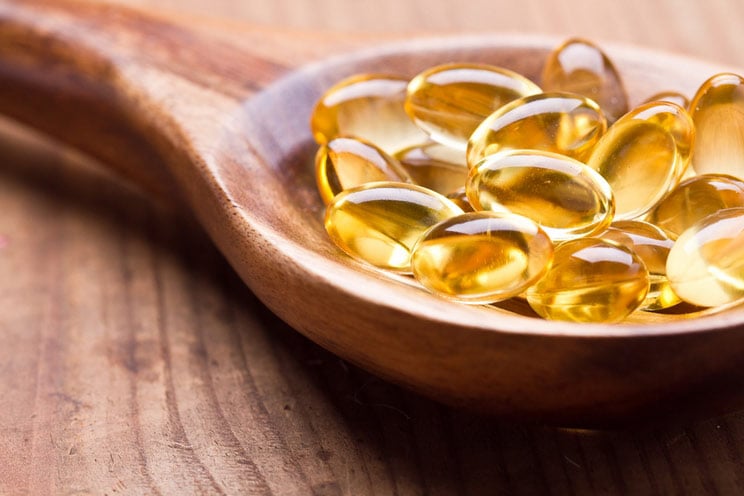
Omega-3 fatty acids, found in foods like salmon, mackerel, and walnuts, can help to decrease inflammation and are therapeutic for stress. (20) This connection can also help them to lessen the severity of spring allergies since stress is known to make symptoms worse. (21)
You can eat omega-3 rich foods on a daily basis or you take can take an EPA/DHA supplement, like fish oil or krill oil.
Cautions and When Not To Take
Many supplements, like fish oil and probiotics, are generally recognized as safe, but herbal supplements, like stinging nettle and butterbur, could have side effects. Regardless of the supplement, you should always clear it with your doctor before starting.
If you’re pregnant or breastfeeding, natural remedies for spring allergies might not be safe for you. Be sure to check with your doctor before starting any of these, especially if you’re already on medication for allergies or anything else.
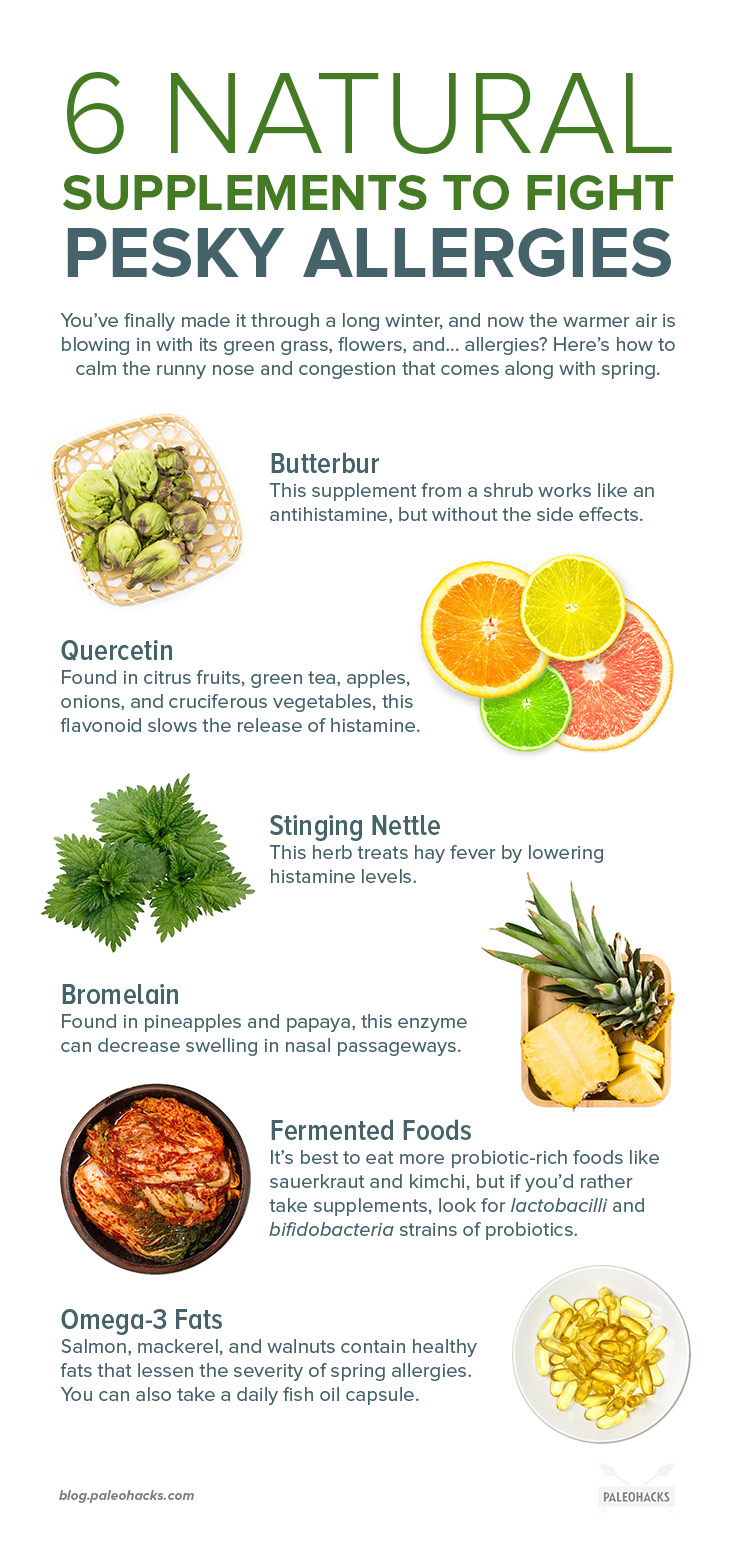
(Read This Next: Hidden Food Allergies May Be Sabotaging Your Gut Health – Here’s What to Do About It)


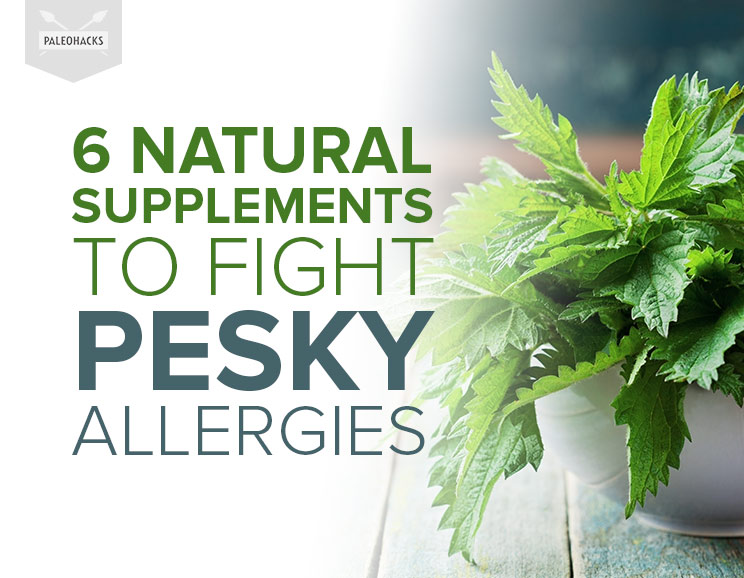
 Keto Almond Flour Apricot Crumb Bars
Keto Almond Flour Apricot Crumb Bars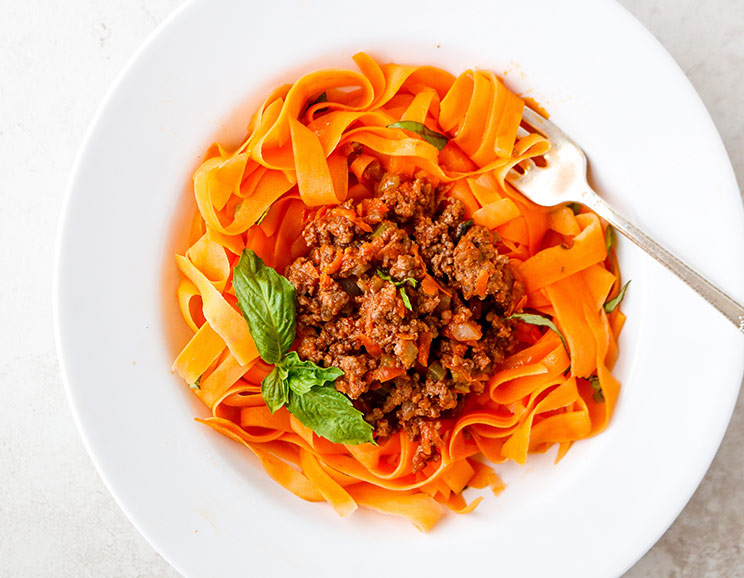
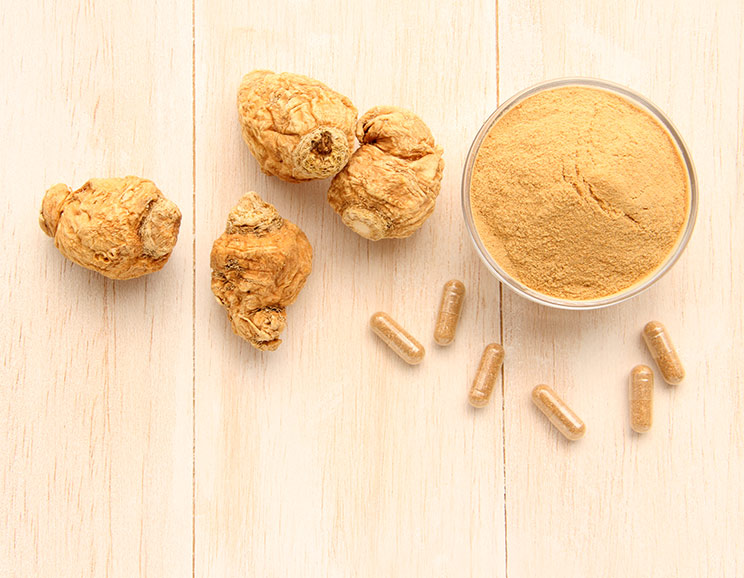
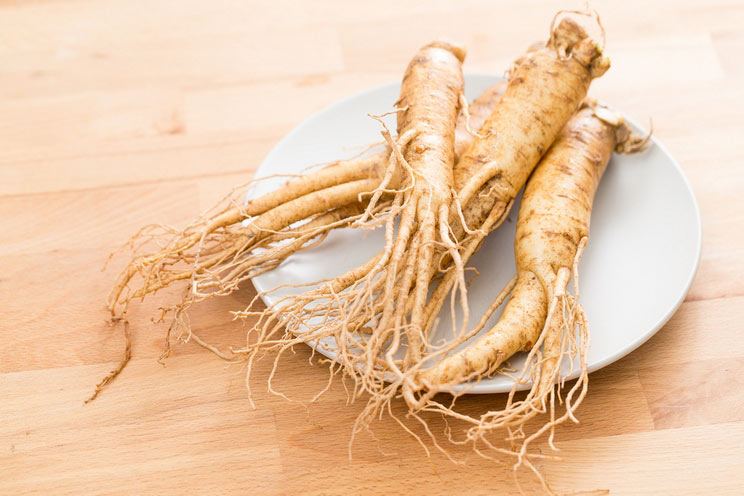
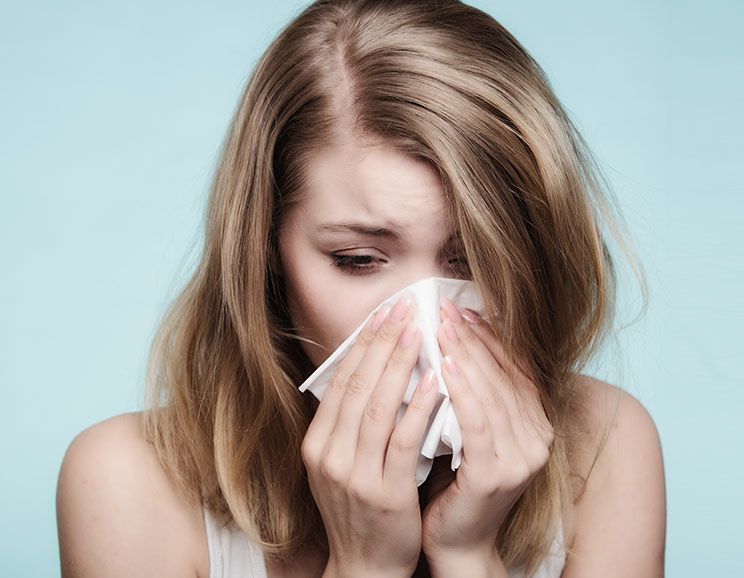
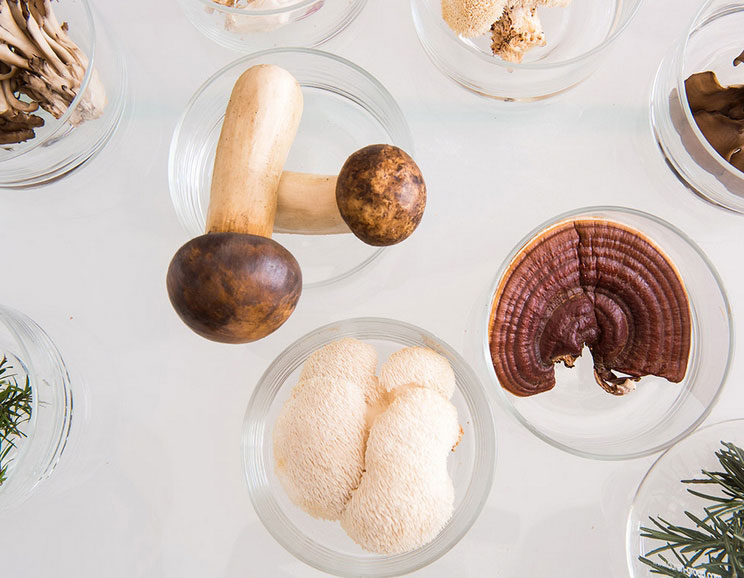



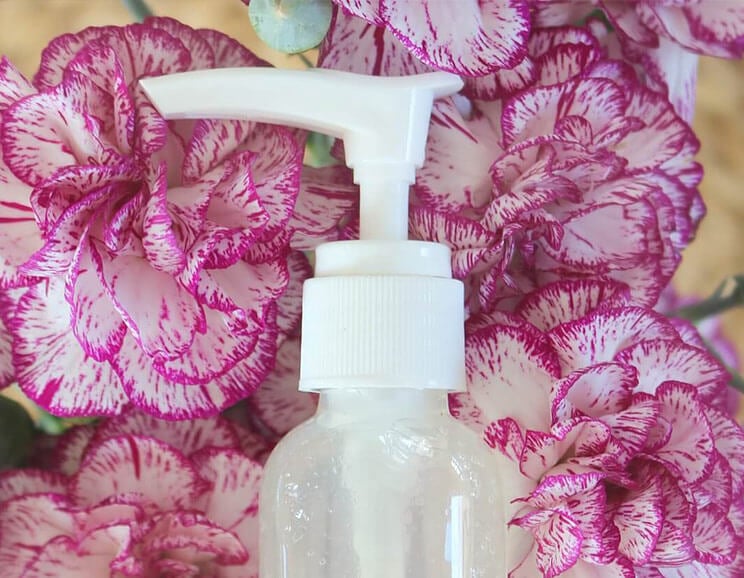
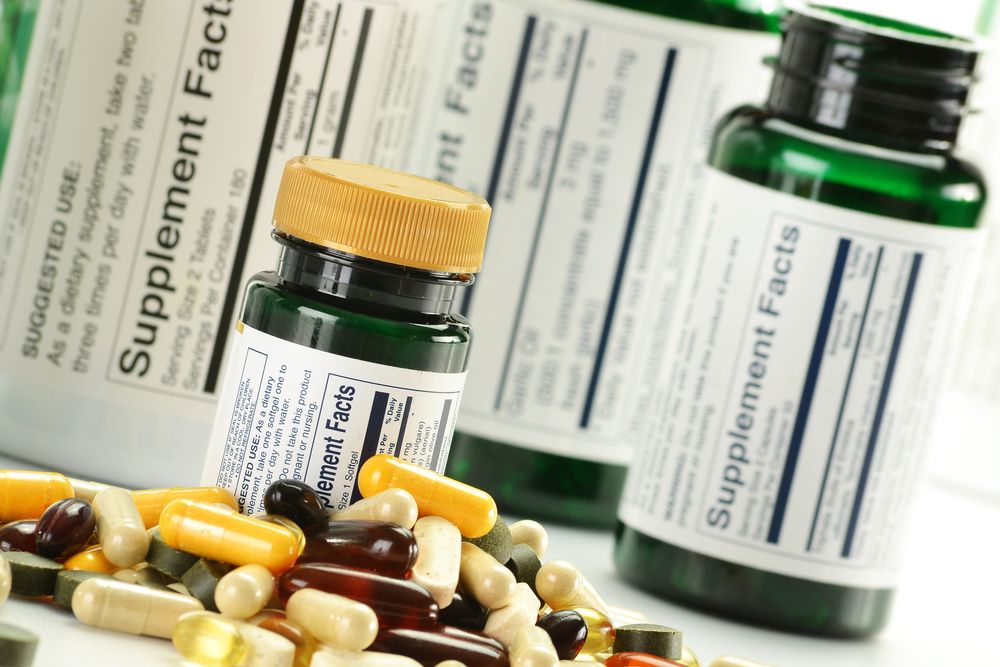
Show Comments